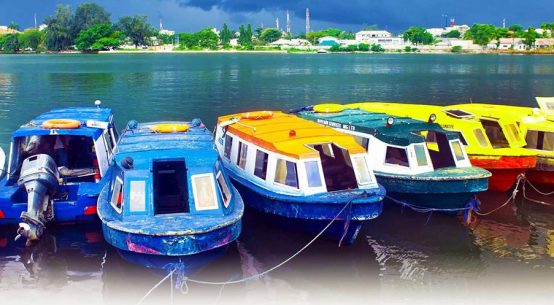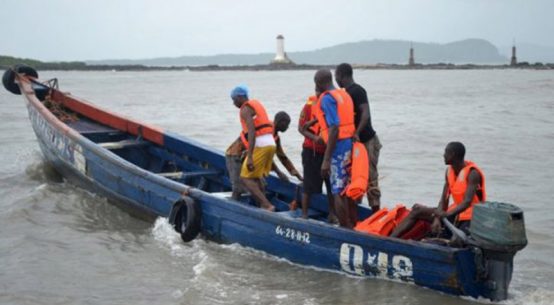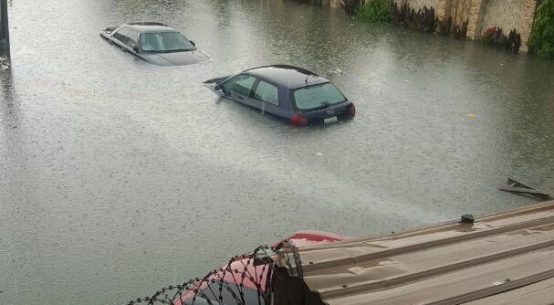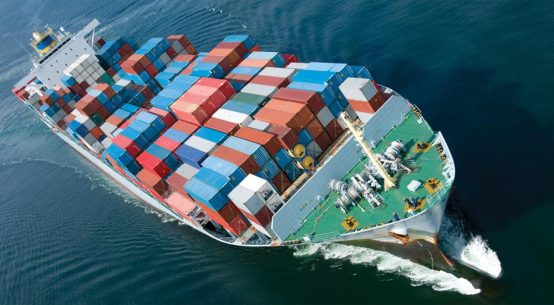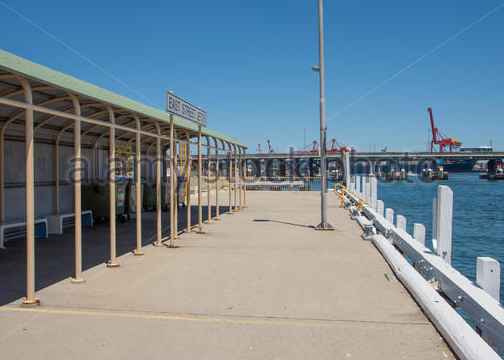
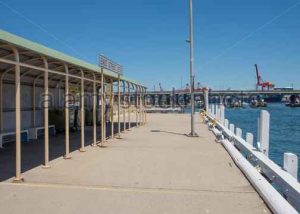
The Lagos State Government is investing massively in water transportation with a target to move towards eight per cent share of transportation activities from its present two per cent position.
It has approved Marina and Mile 2 as a hub of its planned intermodal integration service involving rail, road and water transport services and is all set to buy new boats and ferries as part of measures to improve water transportation and leisure in the state.
The investment in the intermodal project would be executed with a World Bank facility through the Lagos Metropolitan Area Transport Authority and the support of the Nigerian Ports Authority.
Anofi Elegushi, the acting Lagos State Commissioner for Transportation, announced this at a press conference on the activities of his ministry to mark the second anniversary of Governor Akinwunmi Ambode administration.
He said the ministry was in talks with various promoters and partners to provide ferries and manage ferries operations. The state is convinced that the provision of water transportation infrastructure and safety gadgets had significantly made Lagos waterways safer and more acceptable to the people.
Moov Logistics News gathered that the state is in the process reviving the state-owned LagFerry by restructuring the service, which it believes would ensure it is actively promoting water transportation.
A local company, Messrs Crowns worth Nigeria Limited, was awarded the concession of Mile 2 terminals which will come up with a full complement of mall, office complex, recreation and water transportation facilities.
Elegushi said that the Lagos waterways would be continuously cleared of hyacinths under the “keep the waterways clean” programme.
And as part of its efforts to improve the traffic situation in Lagos, MLN learnt that the state has adopted various engineering solutions along with improving the traditional methods by which traffic is measured. This include the introduction of lay-bys to reduced travel time along the Ojodu Berger-Obalende axis to about 20 minutes. Seven of such facility had been constructed on various strategic routes with plans to build two others along Ikorodu-Ketu road.
In addition enforcement agencies of the government have been deployed to continue to ensure free flow of traffic and errant officers would not be spared of disciplinary actions in line with the laws of the service.



